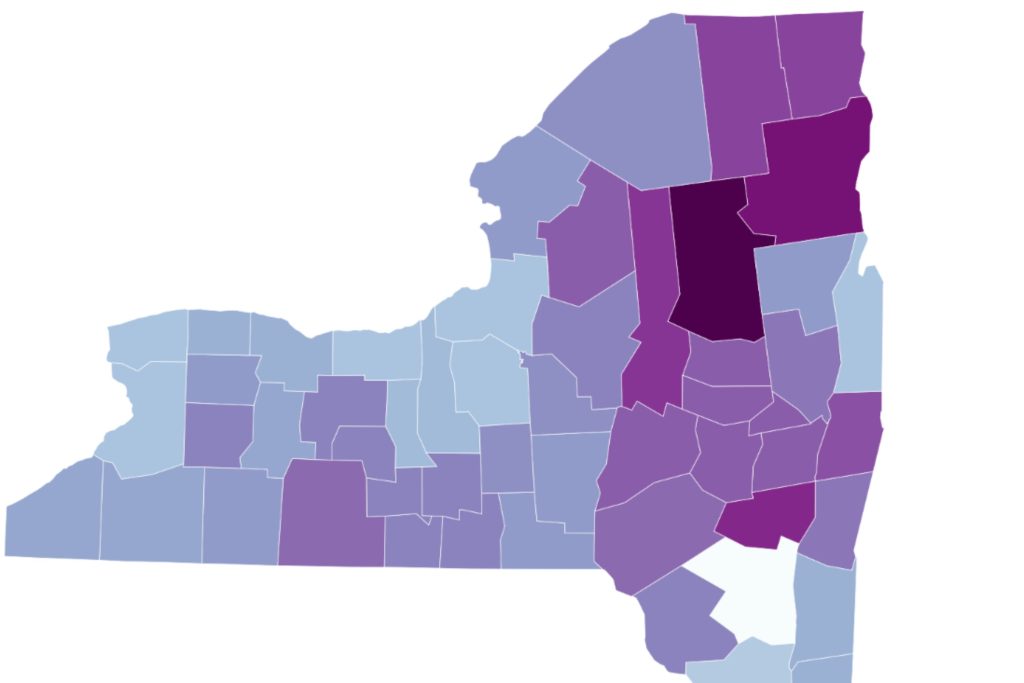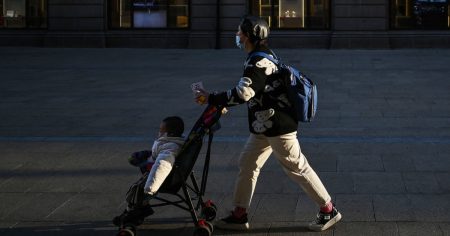Bitterly cold wind chills are expected to impact all of New York on Sunday as winter storms caused by a polar vortex continue to batter the country. This extreme cold poses health risks, especially for vulnerable groups like young children and the elderly. It can also lead to dangerous travel conditions, power outages, and disruptions to daily life. Wind chill temperature is how cold people and animals feel when outside, which can be significantly lower than the actual temperature due to the rate of heat loss from exposed skin caused by wind and cold.
Maps produced by Pivotal Weather show that wind chills will make it feel considerably below freezing across every county in New York on Sunday. Hamilton County will feel the coldest, with chills making the outdoors feel like -14 F. Counties in central to northeastern New York will have wind chills between -8 F and -11 F, while New York City counties will have wind chill temperatures around 10 F. National Weather Service warnings are in place for lake effect snow in western areas, with several counties likely to experience wind chills 4°F and below.
The NWS advises on cold weather safety, highlighting the dangers of arctic air and the potential for frostbite and hypothermia in extreme cold conditions. AccuWeather lead long-range expert Paul Pastelok predicts that this could be the coldest January since 2011 for the U.S. Northeastern and New England states are expected to remain below average temperatures through January 12. The extreme cold can have serious implications for those exposed to it, making it important to take precautions to stay safe during this harsh weather.
People exposed to extreme cold should be wary of frostbite on uncovered skin and extremities, as well as the risk of hypothermia if the body loses heat faster than it can produce it. The bitter temperatures in New York and other parts of the country are a result of the polar vortex and winter storms, which are causing widespread disruptions and health risks. School closures, power outages, and dangerous travel conditions are likely outcomes of this severe weather event.
As the bitter temperatures continue into next week, it is important for residents in New York and other affected areas to stay informed and take necessary precautions. The NWS forecasts below average temperatures for the Northeast and New England until January 12. It is crucial to stay safe and protect against the risks associated with extreme cold, especially for vulnerable populations like young children and the elderly. Taking measures to stay warm and avoid prolonged exposure to the cold can help prevent health issues and other problems that may arise from this severe weather event.













